Sputnik continues its world cities' tour. After Pyongyang and Shanghai we invite you to the Iranian capital. The origin of Tehran’s name is debatable. One version states that that it is translated as “foot of slope,” as the city is located on the southern slope of Mount Tochal. Another hypothesis suggests that the name denotes the dwelling of the god of rain in the ancient religion of Zoroastrianism.
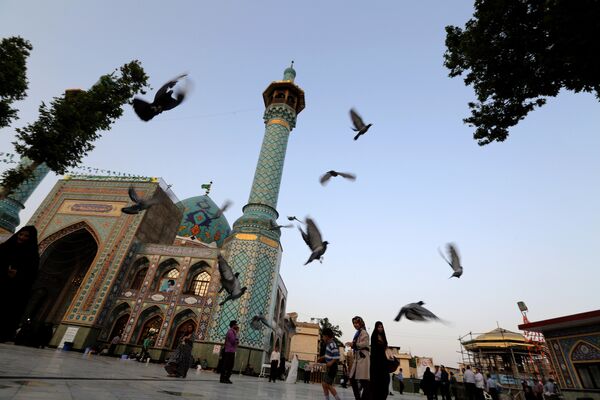
Archeological findings revealed that settlements existed on Tehran’s territory more than 7,000 years ago.
Above: Iranians gather outside Emamzadeh Saleh mosque in Tajrish square in northern Tehran on July 2, 2014, during the holy month of Ramadan.
Above: Iranians gather outside Emamzadeh Saleh mosque in Tajrish square in northern Tehran on July 2, 2014, during the holy month of Ramadan.
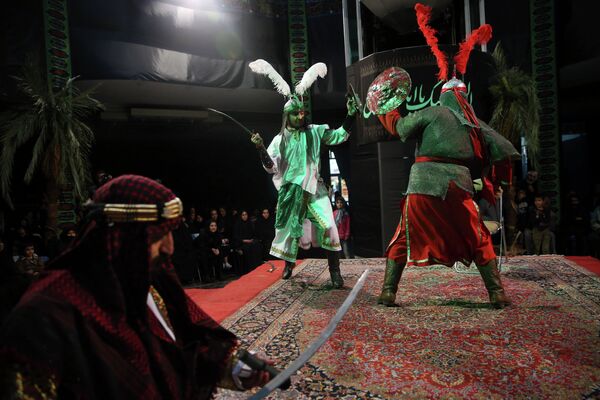
2/12
© AP Photo / Vahid Salemi
The Mongolian invasion and the destruction of the city of Ray in 1228 prompted people to flee to safe Tehran giving rise to the city.
Above: Iranian Bijan Moeinian, from right, Mohammad Reza Rajabi and Abdollah Haj Hassan perform in a scene called Tazieh, re-enacting the seventh century battle of Karbala in present day Iraq, November 2, 2014.
Above: Iranian Bijan Moeinian, from right, Mohammad Reza Rajabi and Abdollah Haj Hassan perform in a scene called Tazieh, re-enacting the seventh century battle of Karbala in present day Iraq, November 2, 2014.
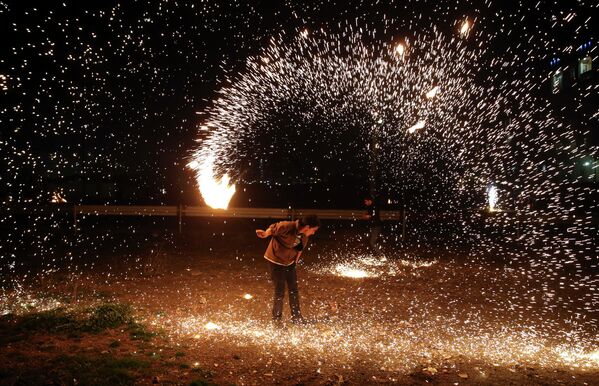
3/12
© AP Photo / Vahid Salemi, File
Tehran became Iran’s capital at the end of the 18th century. About 100,000 people lived in the city at that time. Now, sole Tehran’s population amounts to 8,7 million, and even 15 million, if satellite towns and suburbs are taken into account.
Above: In this Tuesday, March 17, 2015 file photo, an Iranian man plays with a firework during Chaharshanbe Souri, or Wednesday Feast, an ancient Festival of Fire, on the eve of the last Wednesday of the solar Persian year, in Tehran, Iran. In Tehran, people light bonfires, set off fireworks and send wish lanterns into the night sky as part of an annual ritual that dates back to at least 1700 B.C. and is linked to Zoroastrianism. Since the 1979 Islamic Revolution, hard-liners have discouraged the celebration, viewing it as a pagan holdover from pre-Islamic times.
Above: In this Tuesday, March 17, 2015 file photo, an Iranian man plays with a firework during Chaharshanbe Souri, or Wednesday Feast, an ancient Festival of Fire, on the eve of the last Wednesday of the solar Persian year, in Tehran, Iran. In Tehran, people light bonfires, set off fireworks and send wish lanterns into the night sky as part of an annual ritual that dates back to at least 1700 B.C. and is linked to Zoroastrianism. Since the 1979 Islamic Revolution, hard-liners have discouraged the celebration, viewing it as a pagan holdover from pre-Islamic times.
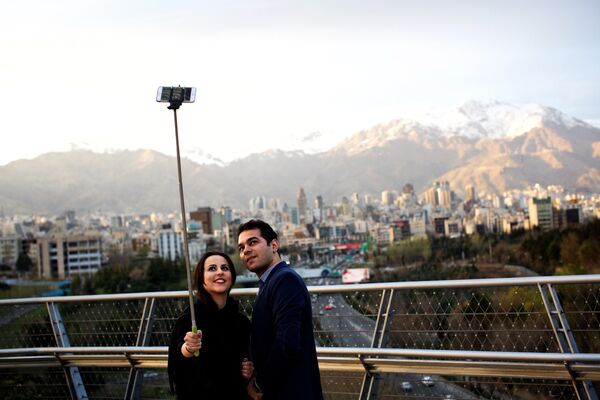
The overwhelming majority of Tehran residents are Shiite Muslims – around 96 percent. The other religious groups comprise Christians, Jews, Hinduists, Sikh and Baha’I people.
Above: An Iranian couple takes a selfie on the Tabi'at (Nature) bridge overlooking Tehran on March 25, 2015.
Above: An Iranian couple takes a selfie on the Tabi'at (Nature) bridge overlooking Tehran on March 25, 2015.
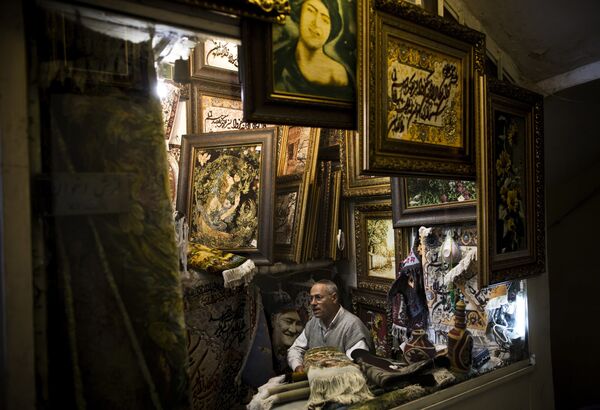
Tehran is the largest city whose residents speak Farsi, the Persian language. The city’s population is so diverse that the blending of languages produced a specific local dialect of Farsi. It became standard for entire Iran.
Above: An Iranian businessman talks to a client in his shop selling hanging tapestries at Tehran's grand bazaar on March 18, 2015.
Above: An Iranian businessman talks to a client in his shop selling hanging tapestries at Tehran's grand bazaar on March 18, 2015.
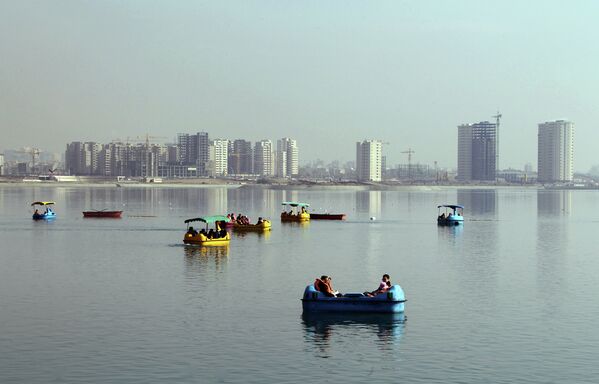
From November 28 to December 1, 1943, Tehran hosted the first meeting of the “Big Three” leaders – Joseph Stalin, Franklin D. Roosevelt and Winston Churchill, resulting in Western Allies’ commitment to open a second front against Nazi Germany.
Above: Iranian families ride pedal boats in the Chitgar lake in western Tehran.
Above: Iranian families ride pedal boats in the Chitgar lake in western Tehran.
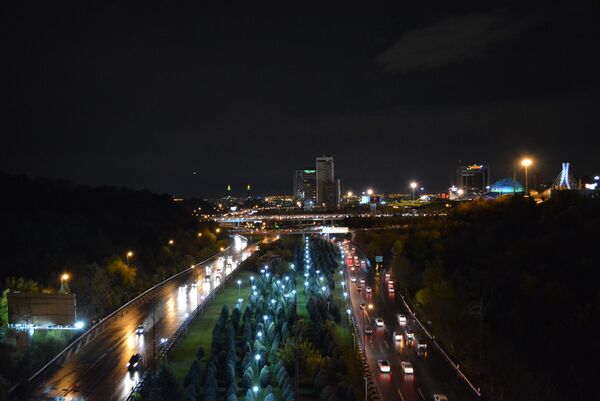
Tehran was the first city in the Middle East to hold the Asian Games, a pancontinental multi-sport event conducted every four years. In 1974, more than 3,000 athletes from 25 countries arrived in Tehran to demonstrate their skills.
Above: South of Tehran.
Above: South of Tehran.

In 2015, Tehran municipality plans to plant five million fructiferous and non-fructiferous trees to green the city.
Above: The lavish Golestan Palace is a masterpiece of the Qajar era, embodying the successful integration of earlier Persian crafts and architecture with Western influences. The walled Palace, one of the oldest groups of buildings in Teheran, became the seat of government of the Qajar family, which came into power in 1779 and made Teheran the capital of the country.
Above: The lavish Golestan Palace is a masterpiece of the Qajar era, embodying the successful integration of earlier Persian crafts and architecture with Western influences. The walled Palace, one of the oldest groups of buildings in Teheran, became the seat of government of the Qajar family, which came into power in 1779 and made Teheran the capital of the country.
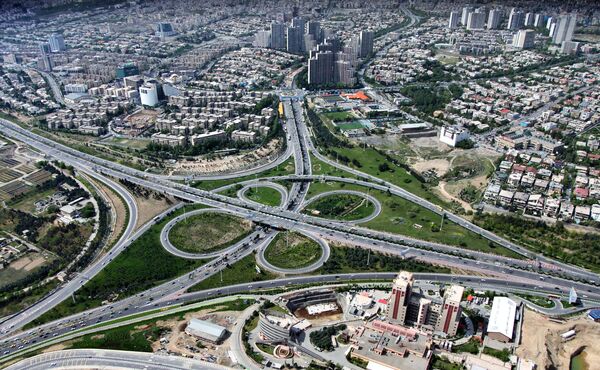
Tehran is constructing the region’s largest traffic network costing 20 trillion rials (over $700 million).
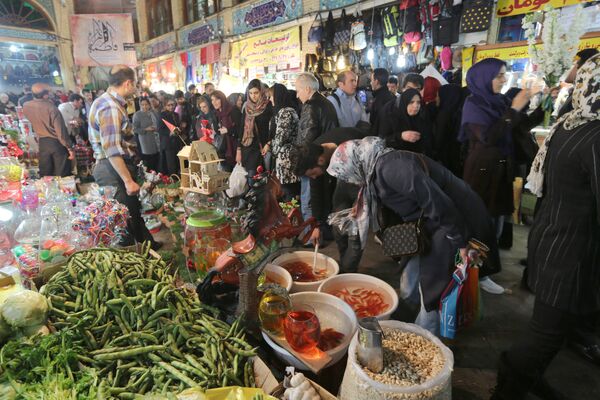
Tehran is the fourth most expensive city in the Middle East after Tel-Aviv, Dubai and Abu Dhabi.
Above: Iranians shop for Noruz, the Persian New Year, at a market in Tehran on 19 March 2014.
Above: Iranians shop for Noruz, the Persian New Year, at a market in Tehran on 19 March 2014.
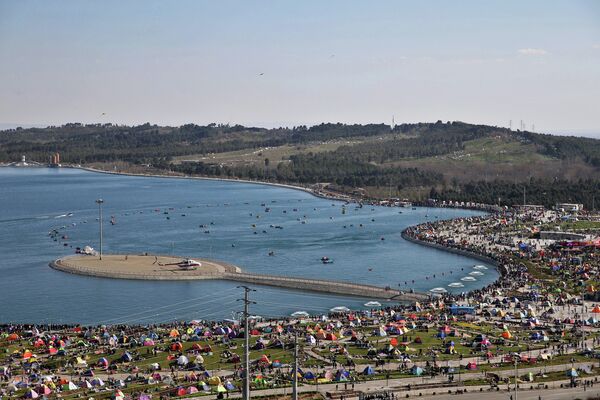
11/12
© AP Photo / Ebrahim Noroozi
Tehran is an important educational center in Asia. Its first institution of higher education was established in 1851. The University of Tehran, opened in 1933, is the first state and largest university in Iran.
Above: A general view shows a recreational area while Iranians spend their time outdoors observing the ancient festival of Sizdeh Bedar, an annual public picnic day on the 13th day of the Iranian new year, western Tehran, Iran, Thursday, April 2, 2015.
Above: A general view shows a recreational area while Iranians spend their time outdoors observing the ancient festival of Sizdeh Bedar, an annual public picnic day on the 13th day of the Iranian new year, western Tehran, Iran, Thursday, April 2, 2015.
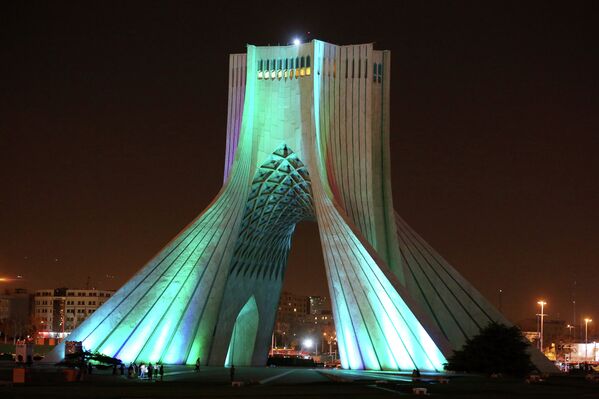
12/12
© AP Photo / Ebrahim Noroozi
In 1971, the Azadi Tower (Tower of Freedom) was erected to celebrate the 2,500th year of Iranian monarchy. Visitors can enjoy a picturesque view of snow-caped mountains seen from the tower.
Above: The Azadi (Freedom) Tower is illuminated before the lights were turned off during the worldwide Earth Hour in Tehran, Iran, Saturday, March 29, 2014.
Above: The Azadi (Freedom) Tower is illuminated before the lights were turned off during the worldwide Earth Hour in Tehran, Iran, Saturday, March 29, 2014.

